In the third and final installment of her series, Faye Bradley describes how the HKSAR government, private sponsors and nongovernmental organizations all play their parts in showcasing the natural charm and distinctive cultures of Hong Kong’s outlying islands, and suggests ways in which they can get better at it.
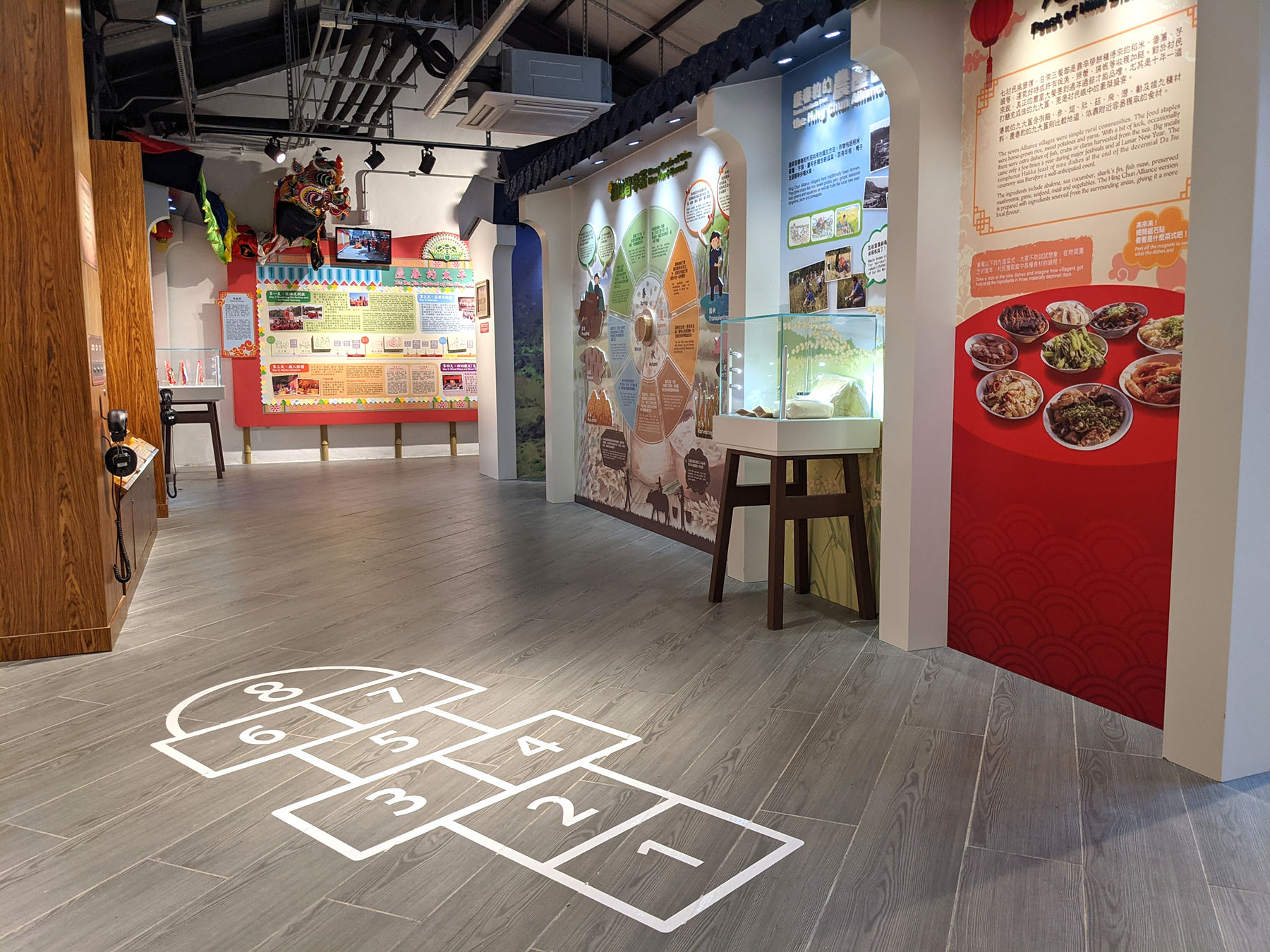
The government of the Hong Kong Special Administrative Region runs a number of programs meant to give the local economy of its outlying islands a boost. The Visiting Scheme to Outlying Islands has been operational since 2012 — not counting its suspension from 2020 to 2022, when socializing was discouraged as part of the government’s pandemic-prevention measures. The program is expected to encourage schools and nongovernmental organizations to host events on the islands by subsidizing travel expenses. Successful applicants receive free ferry rides to and from their chosen island.
READ MORE: Party on the beach
In 2018, Hong Kong’s Leisure and Cultural Services Department received HK$300 million ($38.6 million) to launch the Intangible Cultural Heritage (ICH) Funding Scheme. The initiative supports traditional festivities that are unique to some of Hong Kong’s outlying islands — the Tai O Dragon Boat Water Parade; the Tin Hau Festival, held in Leung Shuen Wan or High Island; the Cheung Chau Bun Festival; the Tin Hau Festival of Po Toi Island; and the Fan Lau Tin Hau Festival in Tai O. Research and publications on the Cheung Chau Bun Festival and the Tai O Dragon Boat Water Parade are also covered by the funding program.

The Tai O fishing village is located on the western side of Lantau Island. It is an idyllic terrain, dotted with stilt houses jutting out into the sea. Part of the ICH funds are used to sponsor public talks and trips to observe the Tai O Dragon Boat Water Parade, organized by the Joint Association of Traditional Dragon Boats in Tai O. Thanks to the funding, members of the public are better acquainted with “the historical, social and cultural significance of this national ICH item and get the chance to observe it from the stilt houses along the parade route together with the local residents of Tai O”, says a spokesperson for the Intangible Cultural Heritage Office.
Managed as a nonprofit social enterprise by the Hong Kong Heritage Conservation Foundation, the UNESCO-awarded Tai O Heritage Hotel is doing its bit to complement government initiatives to celebrate Tai O. To mark the onset of the Year of the Dragon per the Chinese lunar calendar in February, the hotel offered a traditional sampan experience and docent tours led by the local youth. A massive public art installation featuring 168 Chinese drums, designed by Stanley Wong and hand-painted by members of the local community, was unveiled. Such initiatives allow visitors to immerse themselves in the unique history of Tai O, and be especially aware of its cultural heritage.
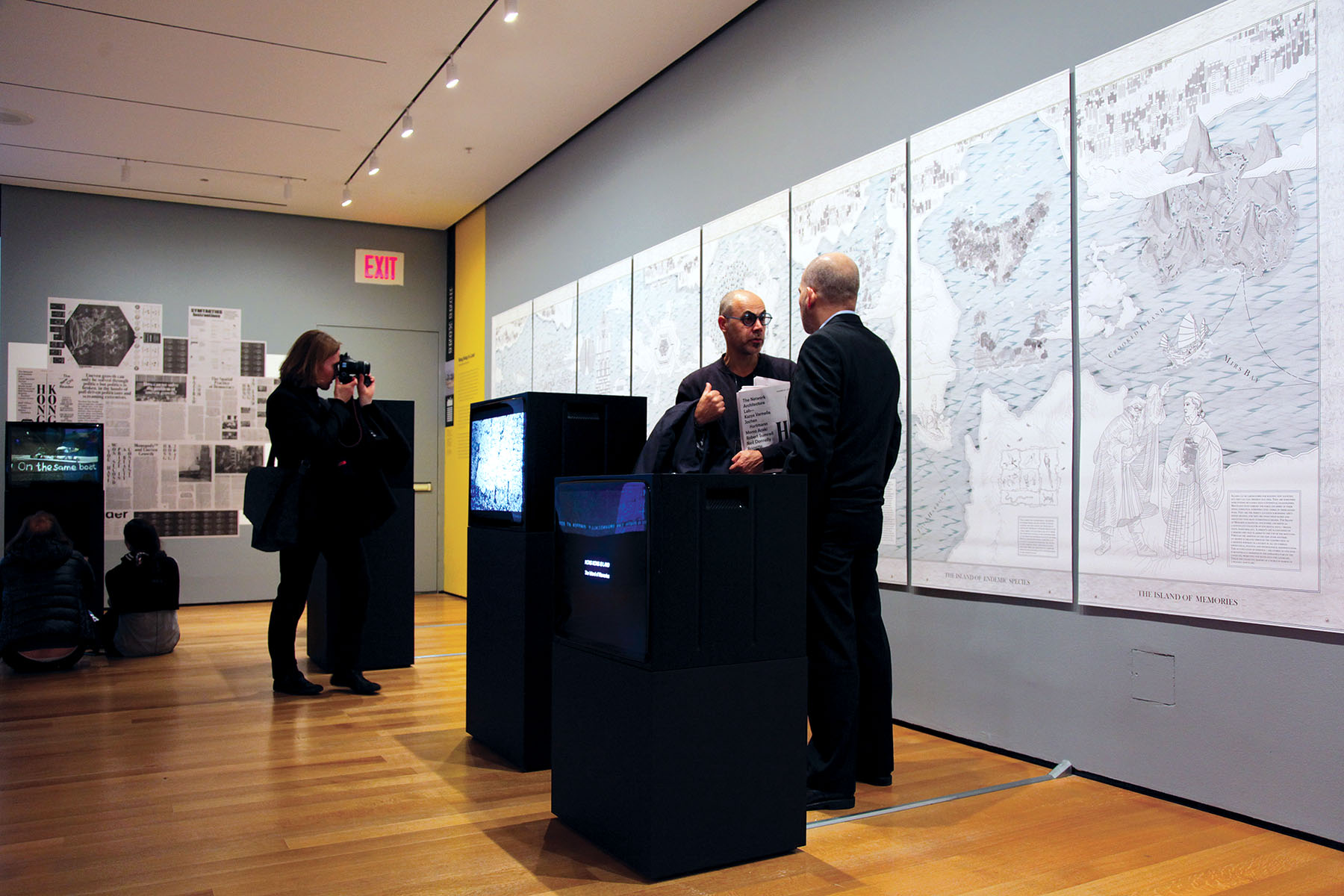
Heritage tales
A number of Hong Kong’s outlying islands are part of the city’s UNESCO Global Geopark area, spread out across more than 150 square kilometers. These include Tung Ping Chau and Port Island in the northeastern part of the New Territories, as well as an archipelago on the eastern side of the Sai Kung Peninsula, which includes tourist hotspots Sharp Island and High Island. The terrain has plenty to offer in terms of both geological marvels like spectacular rock columns as well as ethno-cultural heritage — the chance to observe the distinct lifestyles of the local Hakka and fishermen communities, for example.
“With a view to preserving and promoting the natural and cultural heritage of these islands, bilingual map boards and information panels showing recommended tour routes have been installed,” says Chan Yu-nam, a senior Geopark officer with the HKSAR government’s Agriculture, Fisheries and Conservation Department. “Some of the islands have ‘story rooms’ so that visitors can learn more about the local history and culture.”
She adds that the story rooms are popular with the young people living in the area. The exhibitions have sparked in them a curiosity about their own heritage. Some of these young people have been inspired enough to work as docents, offering guided tours to visitors.
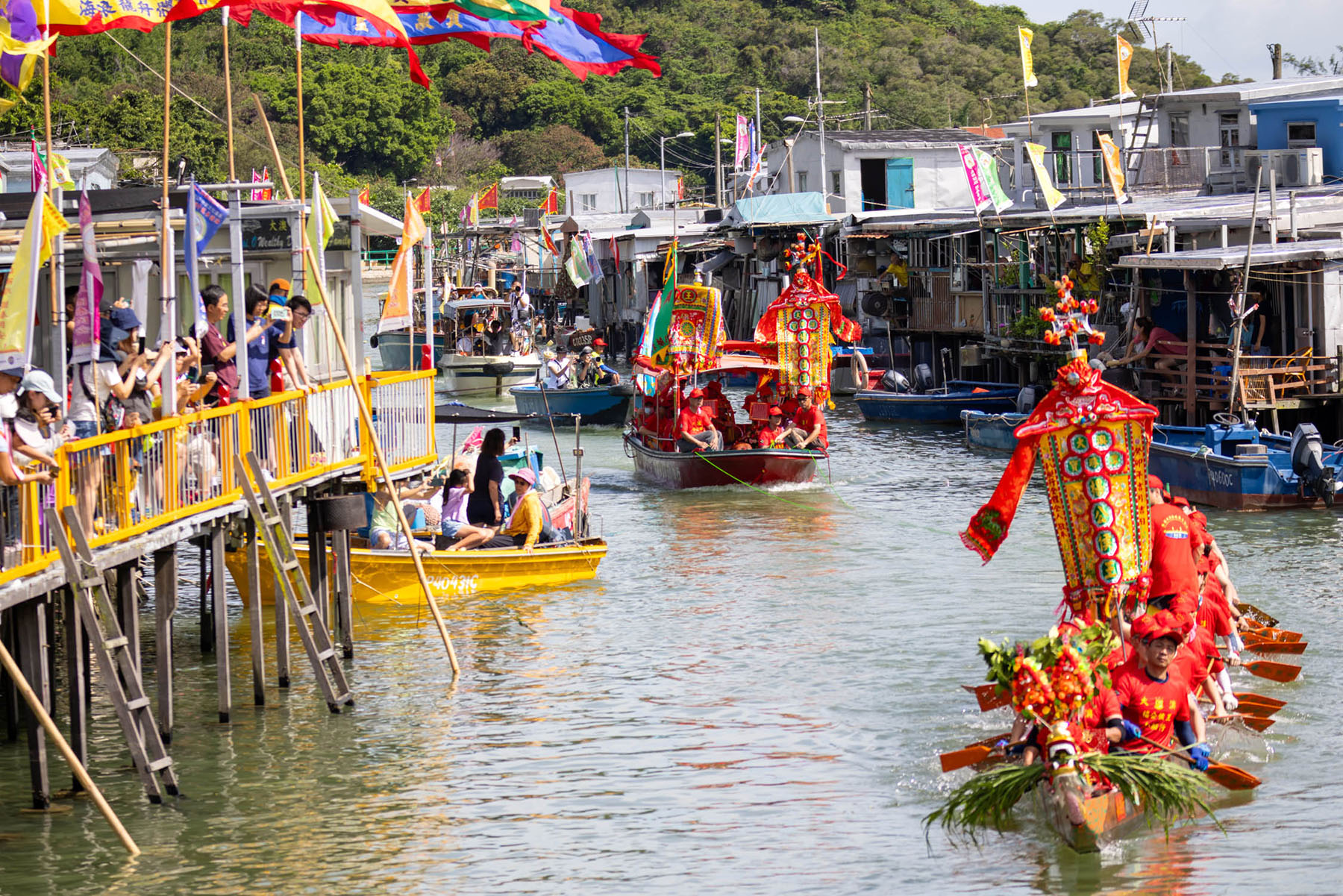
Nongovernmental aid
While the local government is supportive toward festivals held to showcase the natural charm and distinct cultures of Hong Kong’s outlying islands, it cannot realistically be expected to continue to subsidize them in the long term. For instance, while the inaugural Inter-Island Festival in 2021 received partial support from the Hong Kong Arts Development Council, its November 2023 edition did not, the reason being that such projects are encouraged to run on their own steam after a point.
This is where NGOs can chip in. The first edition of the Inter-Island Festival, for instance, was awarded a grant by Design Trust, a Hong Kong-based funding and advocacy platform that aims to bring positive value to society through meaningful application of design. Earlier, in 2018, Design Trust funded four editions of the Islanders map-zine, which follows the life and times of the communities living on Hong Kong’s outlying islands, with a special focus on their unique approaches to sustainable living.
Besides the island festivals, Design Trust supports research projects on Hong Kong’s islands and island culture. Its inaugural grant helped develop the exhibition project Uneven Growth, based on a speculative proposal of mapping eight new islands in Hong Kong. Created by Valerie Portefaix and Laurent Gutierrez of the artist collective Map Office, the exhibition ran at New York’s Museum of Modern Art from 2014-15.
“We are keen to explore the region — Hong Kong, Macao and the other nine cities in the Greater Bay Area — through the lens of islands, and how the sea culture, the flow of nature, culture and trade have connected and constructed the network for the future of regional cultural and design landscape,” says Marisa Yiu, Design Trust’s co-founder and executive director.
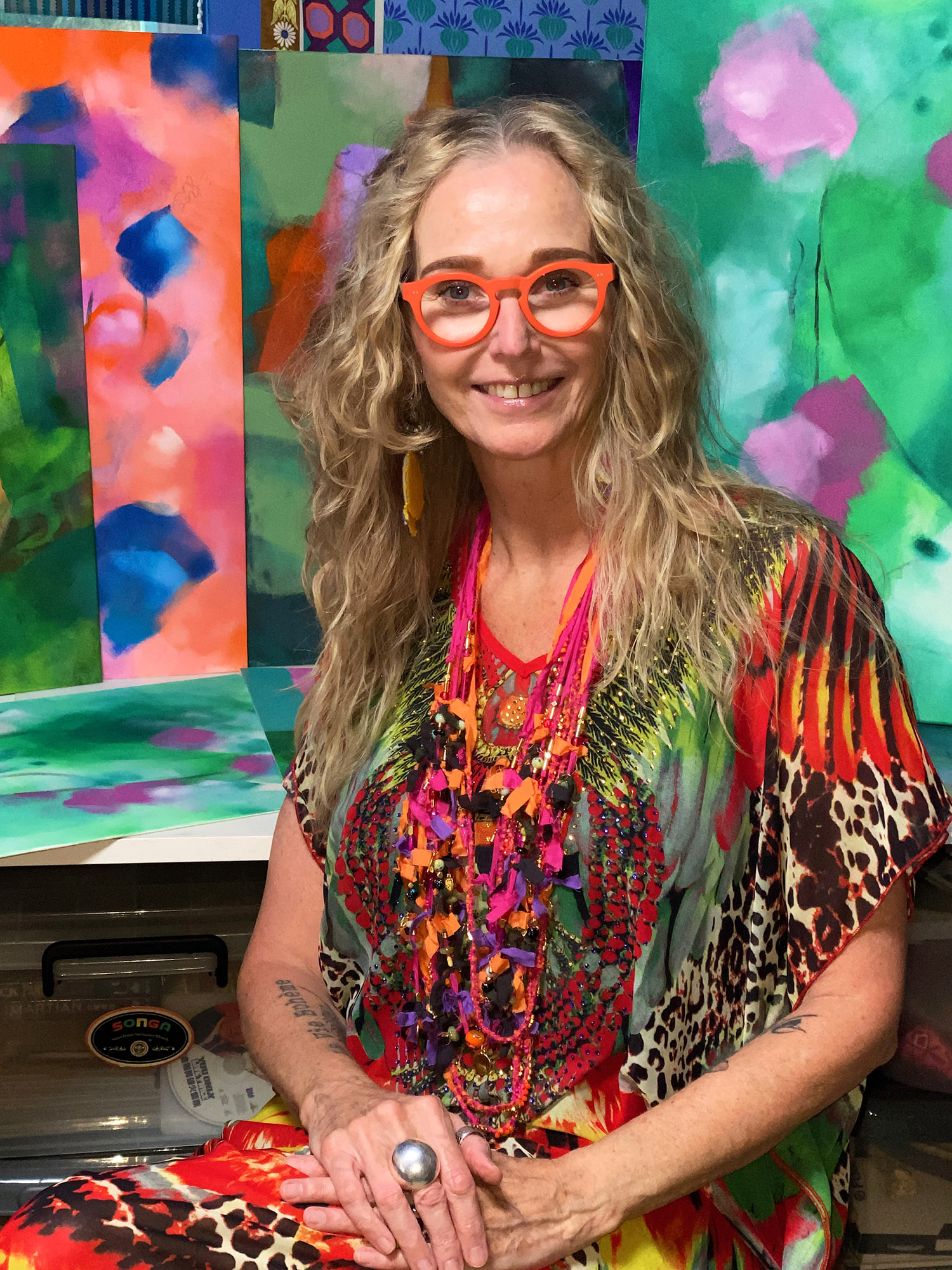
A time-tested approach
Even with support from the local government, private sponsors and NGOs, funds are never enough to cover the costs of a festival held in an expensive city like Hong Kong. Inter-Island Festival co-founder Kit Chan says that although the grant received from the HKADC in 2021 “was instrumental as it served as a foundational support for the festival”, there was also a considerable shortfall to deal with. Chan and his colleagues tried crowdfunding, which worked.
“We reached out for support in a traditional way — by knocking on the doors of the local shops that we knew well, asking for help,” Chan says. The responses were mostly positive. And while the contributions received weren’t comparable to a corporate sponsorship, “it was a way of engaging the community and building local involvement ahead of the festival”.
His fond hope is “that government support be enhanced to better assist local organizations, as we face limitations in resources and networking opportunities”.
Florian Melinette, a co-founder of Shi Fu Miz Festival, the last edition of which was held on Cheung Chau Island from Nov 8-10, harbors similar views. He suggests that the government could perhaps consider “putting effort into improving the local music culture” — rather than spending precious funds on bringing big-time international stars over to Hong Kong.
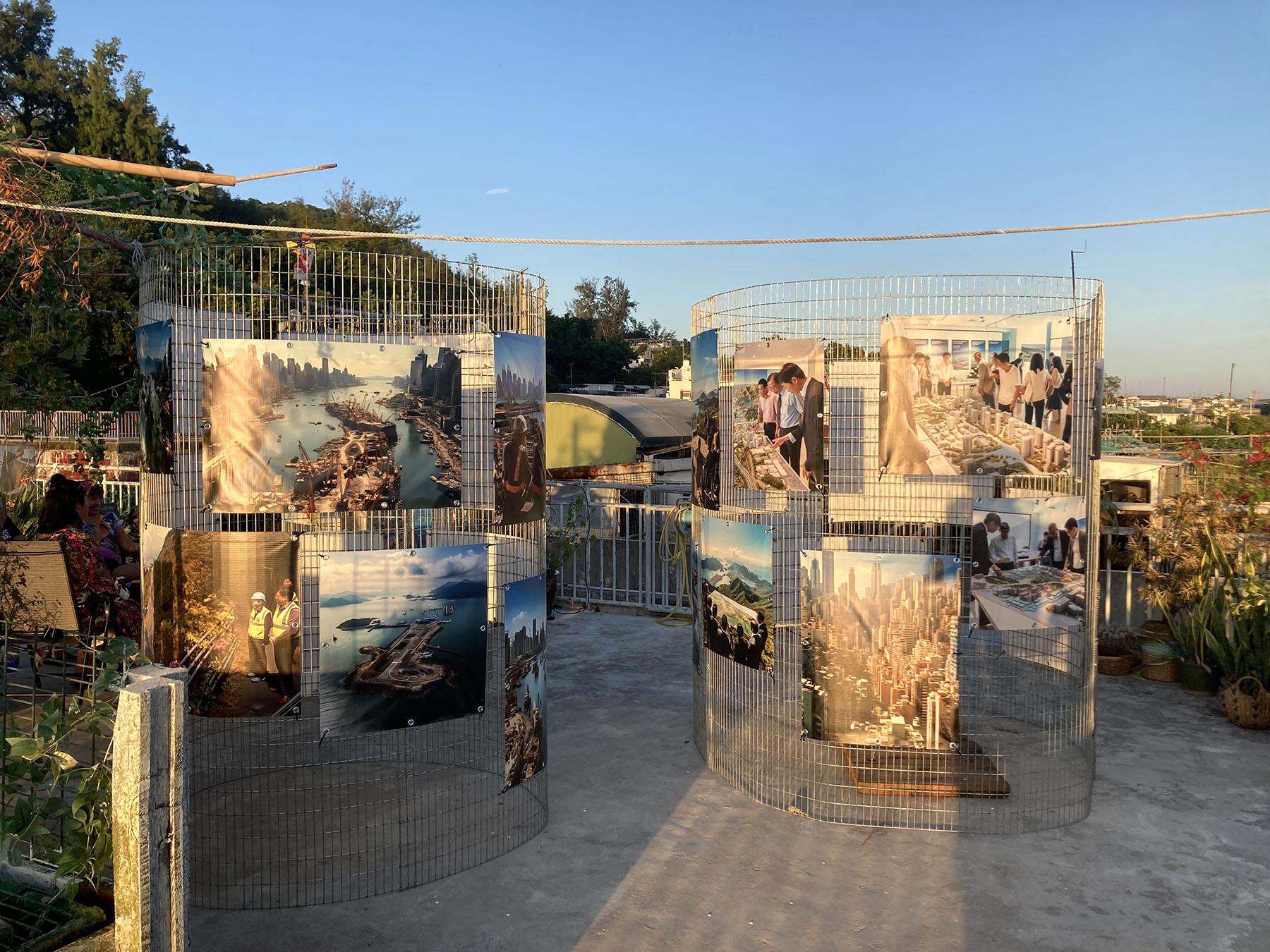
Think local
Retaining audiences is also proving to be a tough goal. In the upcoming season, most festival organizers anticipate a lower audience turnout compared with that over the last few years, now that Hong Kong people are no longer held back by pandemic-related travel restrictions.
Rory MacKay, the founder of Wild Hong Kong — a tour operator offering guided adventures via biking, hikes and kayaking — confirms that the island festivals were in heavy demand during the height of the pandemic. With little scope for overseas travel, many of his customers had bought into the idea of rounding off a day spent doing water sports by checking out a music festival running in the vicinity. “However, since Hong Kong residents can travel overseas again, this trend has reversed.”
Chan, however, doesn’t sound overtly concerned about the audiences lost to overseas travel. “Our festival is designed as a community-building activity, primarily focused on engaging local residents in the interisland area,” he says. “While Hong Kong residents from outside the interisland area and international tourists are welcome, they are not our main audience.”
His view is corroborated by Harmony Lai, who found out about the Inter-Island Festival on social media and subsequently on a Peng Chau residents’ WhatsApp group. “I enjoyed the variety of programs and artists, but they filled up quickly. Next time, it would be great to have more shows and activities to accommodate more participants.”
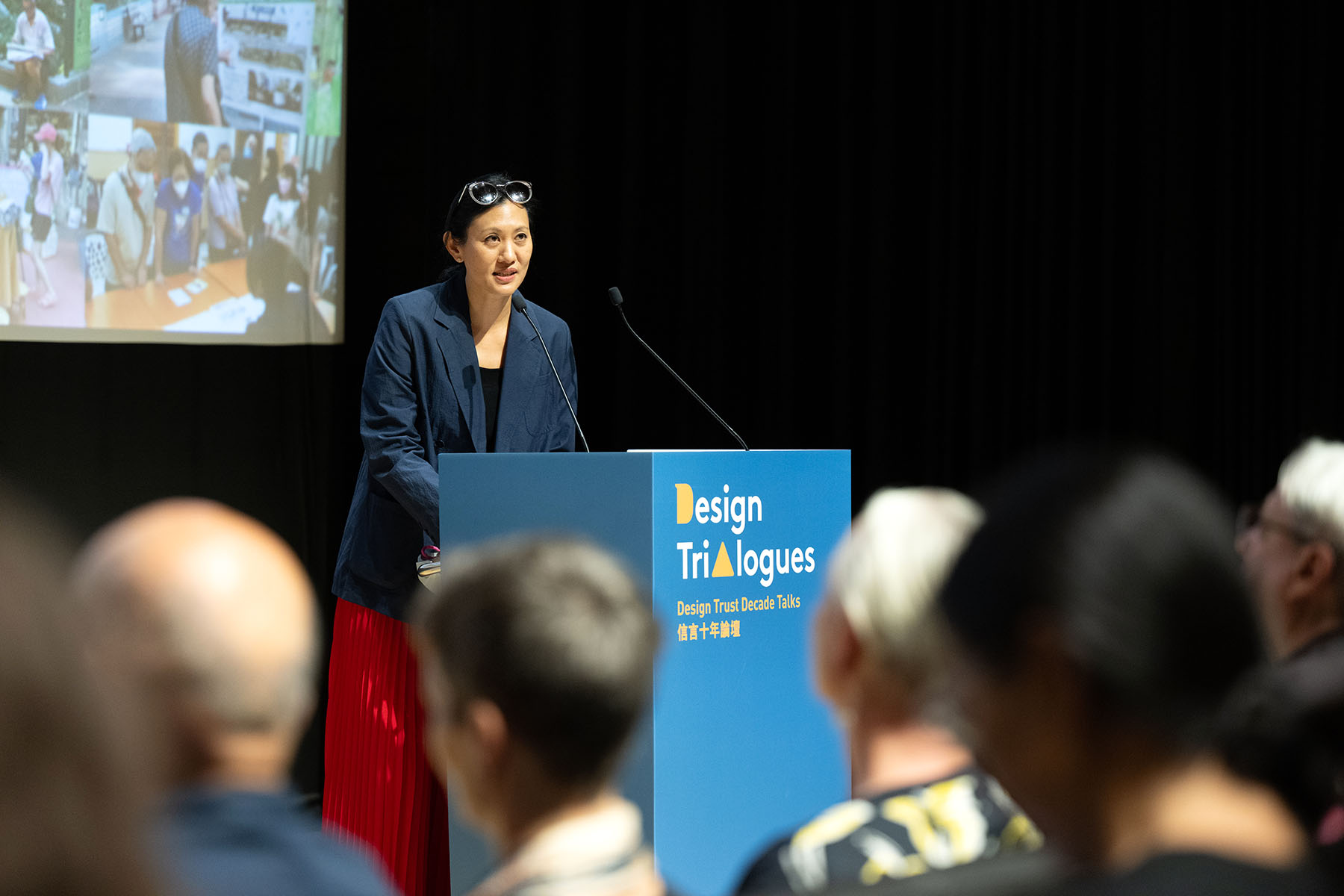
Keep it simple
Hong Kong Youth Arts Foundation founder Lindsey McAlister has been producing live shows in the city since 1993. She says that there are a number of ways in which private enterprises can help support Hong Kong’s island festivals. “Their contributions can include financial sponsorship, marketing collaboration and direct participation through interactive booths or activities. Such efforts not only enhance the scale and quality of events but also create valuable connections with the community.
“Companies can also encourage employee volunteerism, invest in sustainable practices, and form cultural partnerships with local artists and craftspeople.”
ALSO READ: Slowing down is cool
McAlister recommends that the local government abet matters by “simplifying the grant application process for smaller festivals, encouraging more organizers to apply and access funds quickly”. On top of that, if it could “provide better infrastructure specifically designed for hosting events on the outlying islands, such as portable stages, sound systems, and lighting equipment, that would be immensely helpful”.
She points out that there are several models of private-public partnerships meant to support arts festivals, and that each has its own strengths.
“One that we don’t see so much in Hong Kong is the use of social-impact bonds specifically meant to support the arts. It would be interesting to see if this fundraising model, potentially more sustainable in the long run, develops in Hong Kong arts in the near future.”


